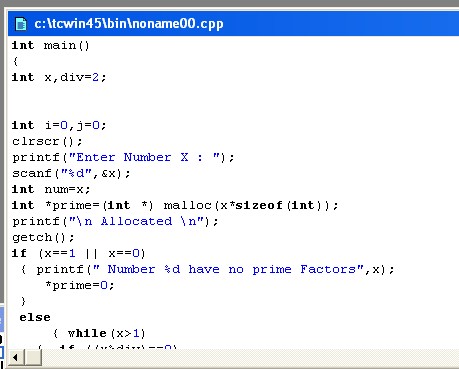

XMLElement titleXMLElements = rss.getChildren("channel/item/title") įor (int i = 0 i < titleXMLElements. The XPath channel/item/title selects the elements hierarchically The paramater specifies which elements to return as array. To begin, simply get the title of each item with rss.getChildren("channel/item/title").

XMLElement rss = new XMLElement(this, url) Īfterwards, walk through the XML structure to the elements to use. To load an RSS feed (or any other XML file) create a new XMLElement and provide a URL in the constructor. RSS feed shown in Firefox (clipping) Using XML in Processing Then you can see the XML structure and decide which data to use, and how to access it. Therfore, open the feed URL in your browser, and view the page source. Now load that feed and start utilizing the information therein.įirst, take a look which information the chosen feed has. So, let's say you have chosen the RSS feed about Processing updates ( ). Besides your favourite blog, there are a lots of web feeds with a huge range of diverse non-news data.įor instance, weather forecasts, last uploaded photographs, or personal link recommendations. There are myriads of RSS feeds in the wild wild web. (For further information on how to read RSS feeds with more complex libraries visit this Code & form article "Read RSS feeds in Processing") There are also full-blown frameworks such as dom4j.īut for now, we stick to the Processing core library. I have the following XML file, the file is rather large and i haven't been able to get simplexml to open and read the file so i'm trying XMLReader with no success in php < xml version'1.0' enc. Besides Processing XML libraries such as proXML, To read and write XML files in Processing there are different possibilites. With the emerge of PHP 5, support for handling XML data has greatly improved and in this tutorial we will take a look at the features in PHP 5 which we can use to parse, alter and create XML documents. If you look in the above RSS example you see that has three sub-elements (title, link, description). It is often used for sharing data between applications and a common usage of XML is for instance RSS feeds.

The elements can be structured hierarchically. The guid is the element, the isPermaLink is an attribute (with an attribute value of true), while is the content value. These are structured as elements, attributes, values, and others. XML (Extensible Markup Language) is a markup language for documents containing structured information. RSS formatted files are specified using XML (as are many other web formats, such as HTML, or SVG).


 0 kommentar(er)
0 kommentar(er)
